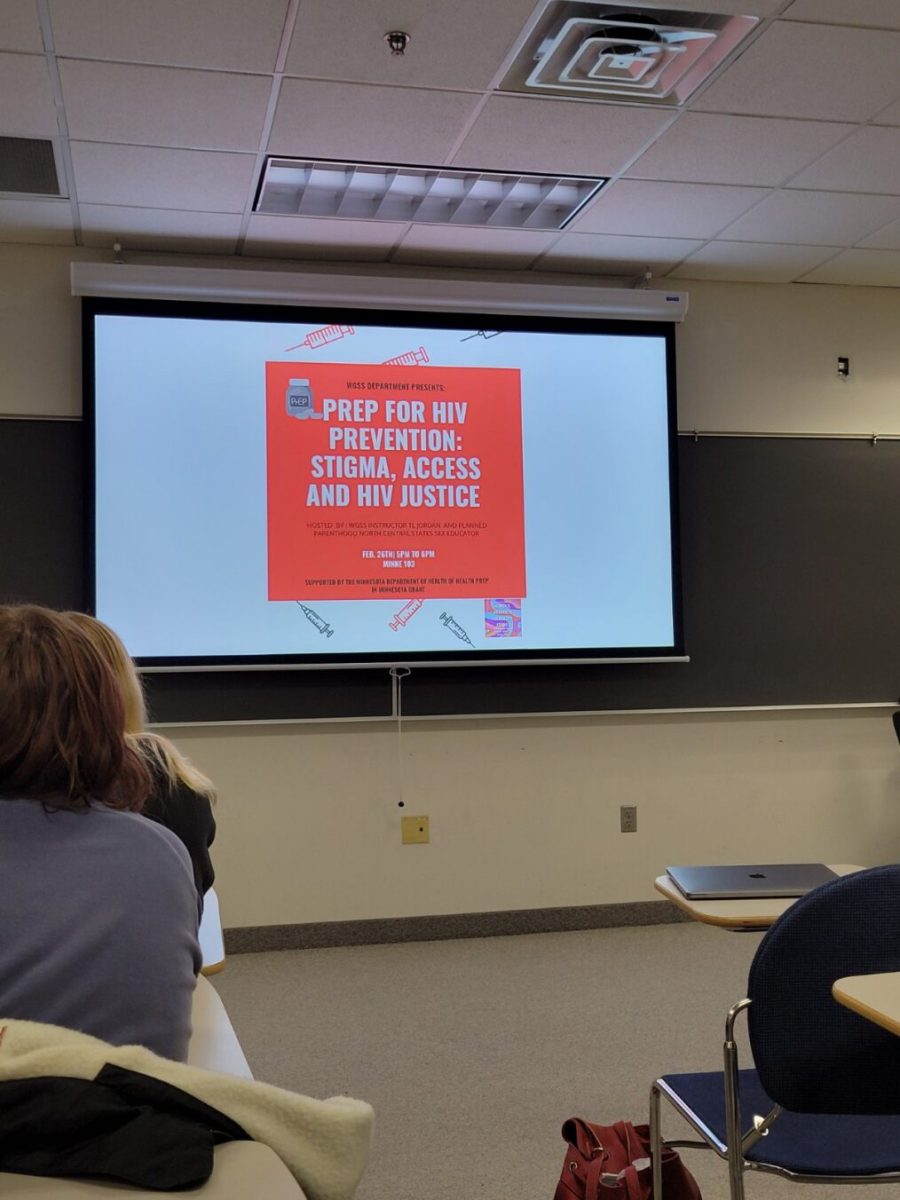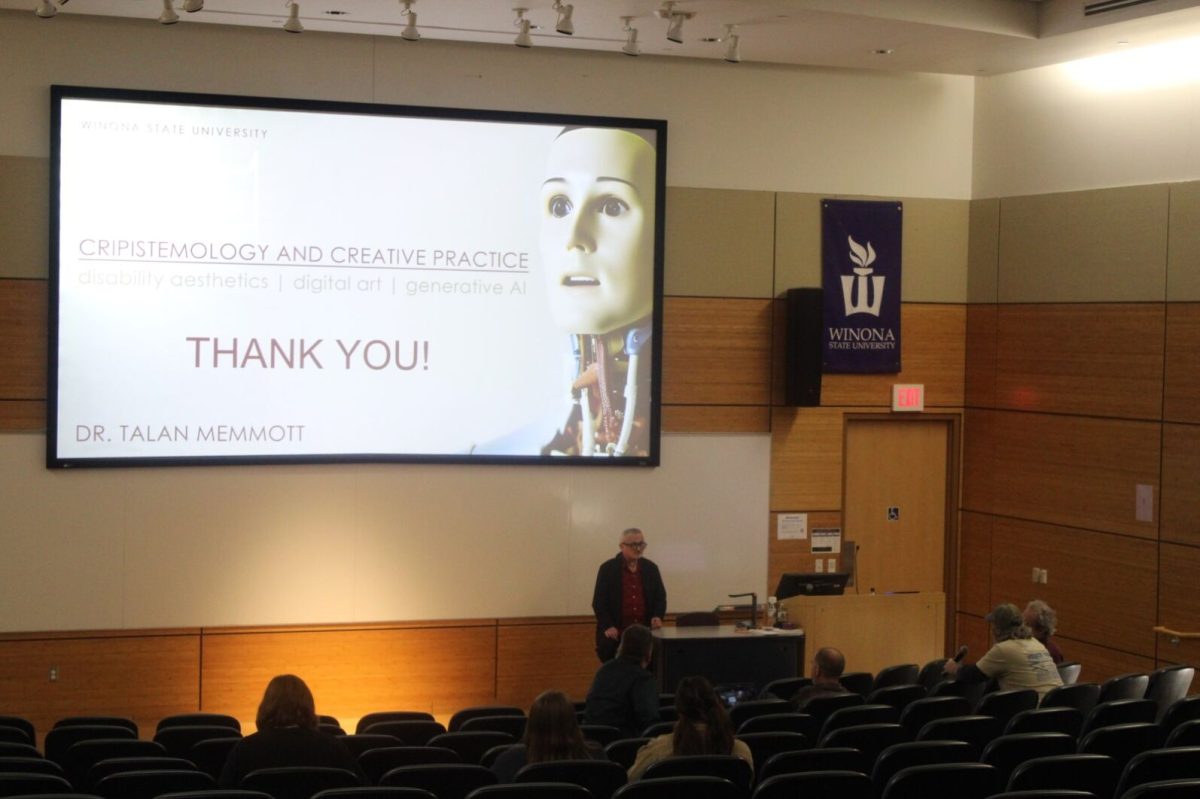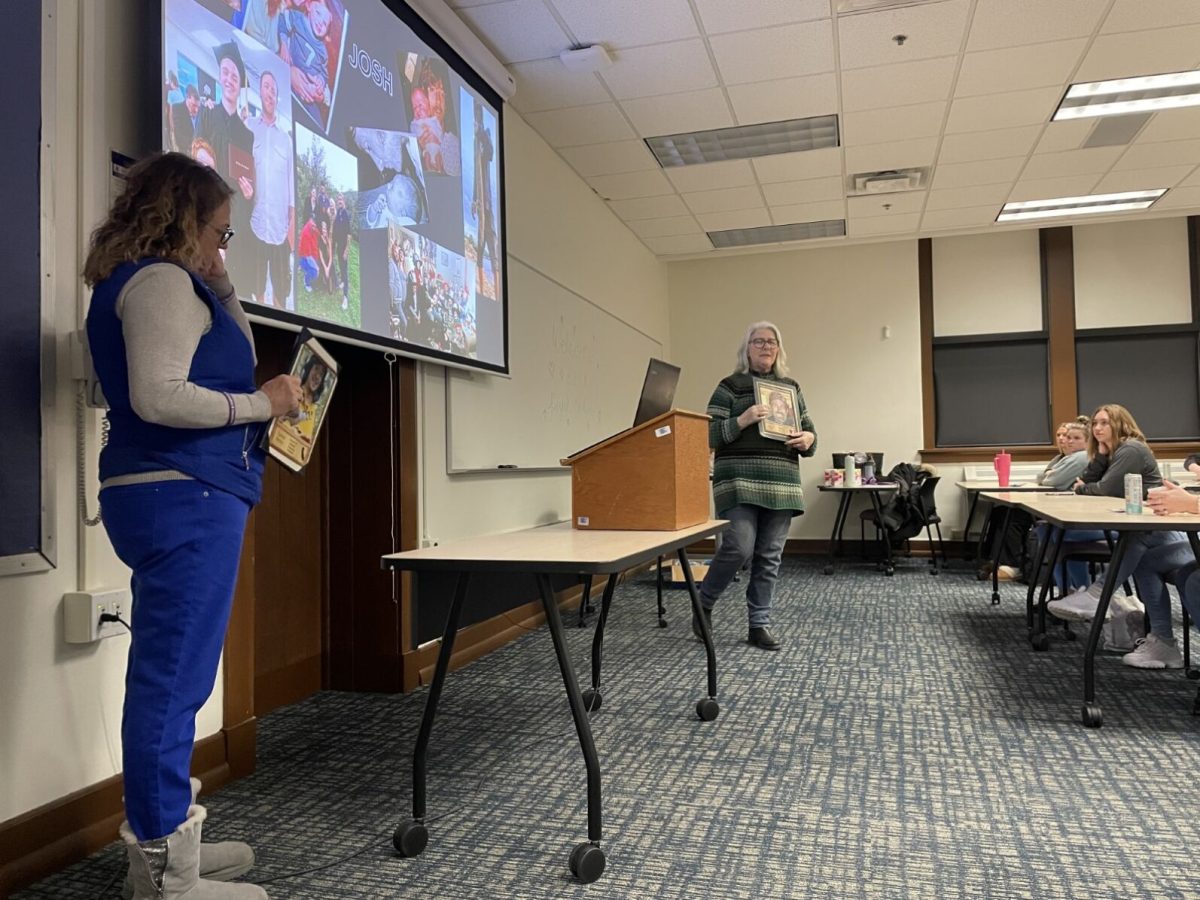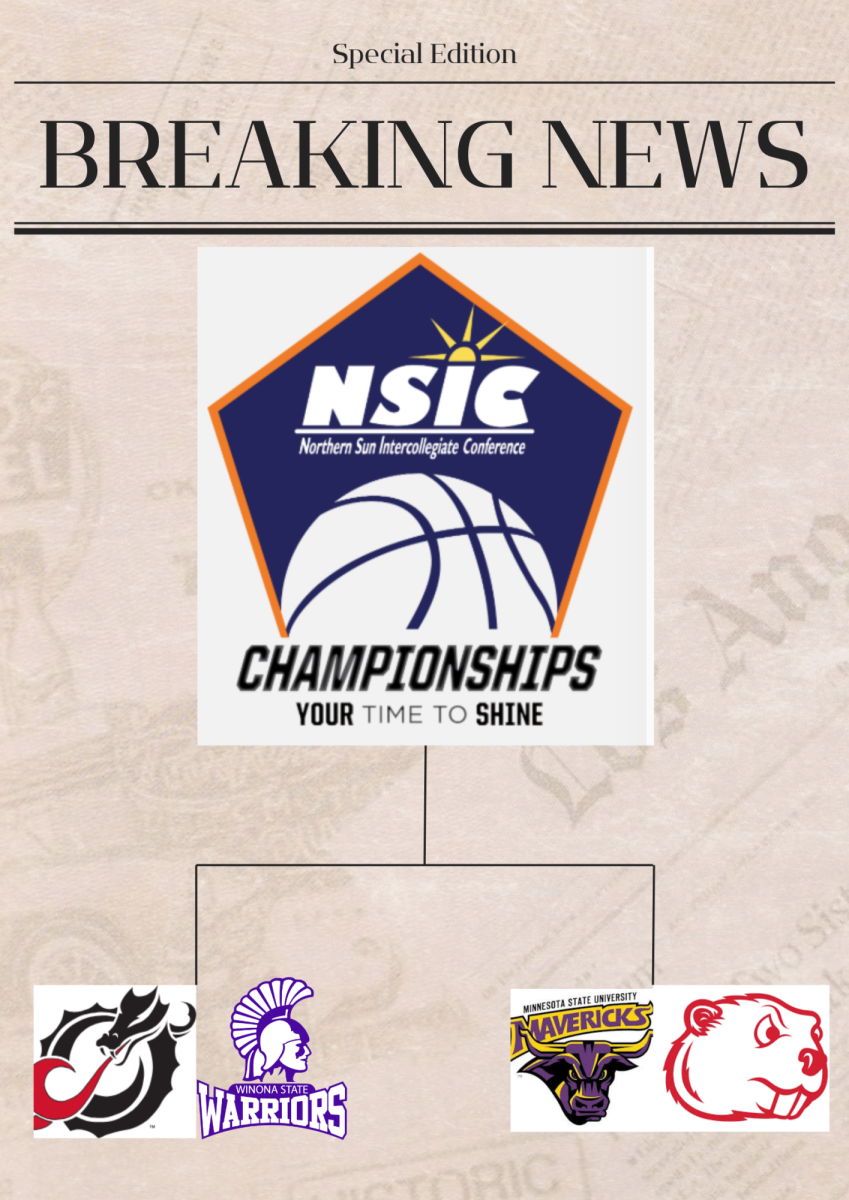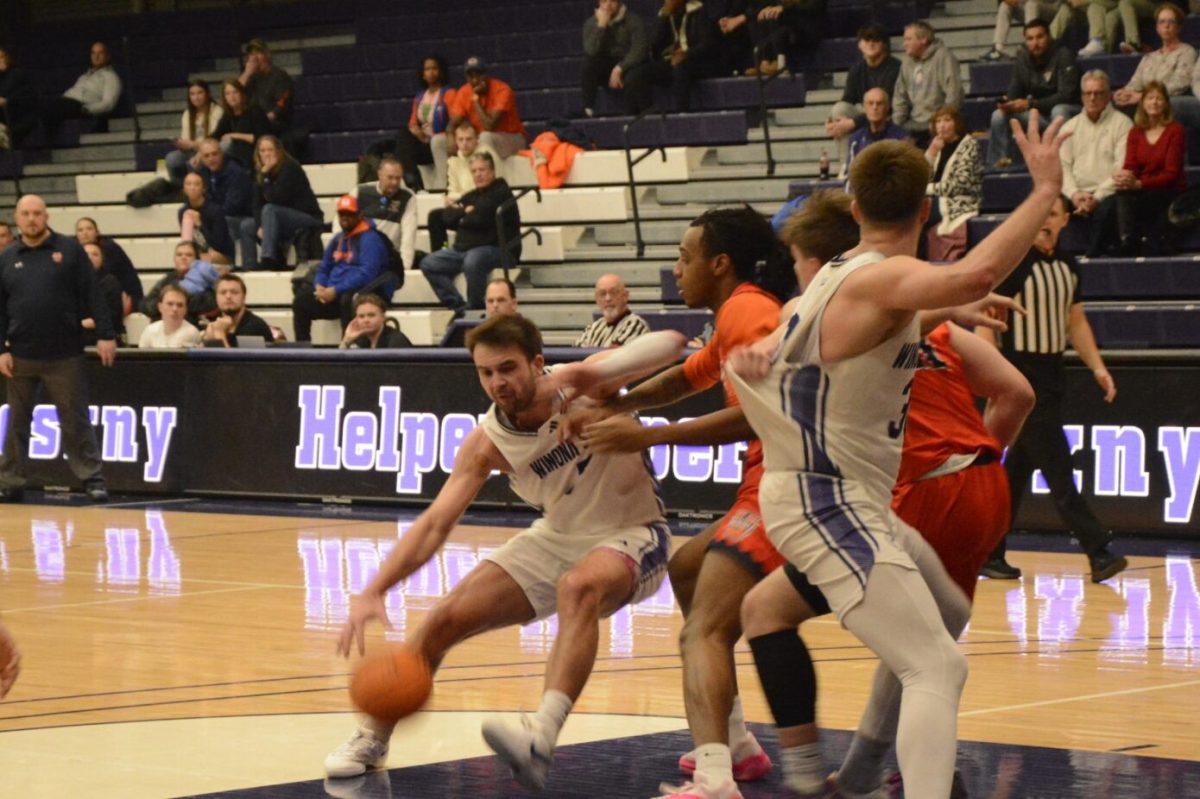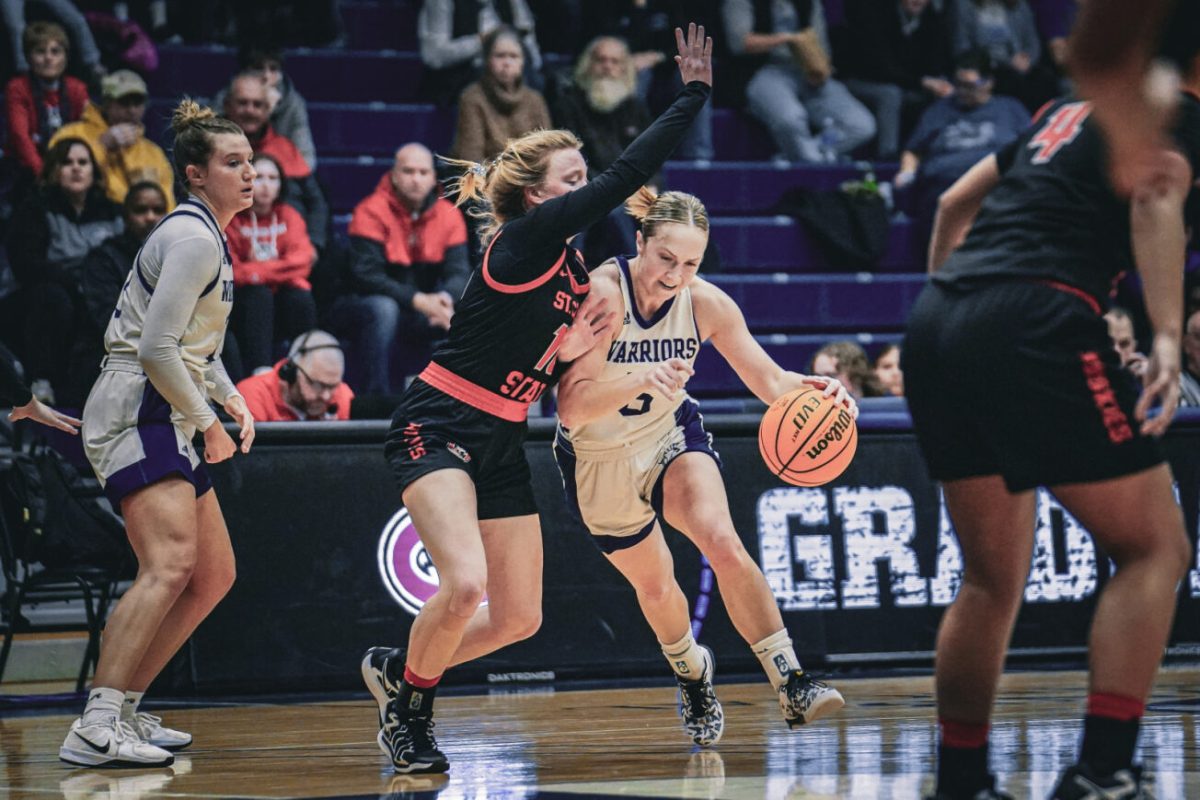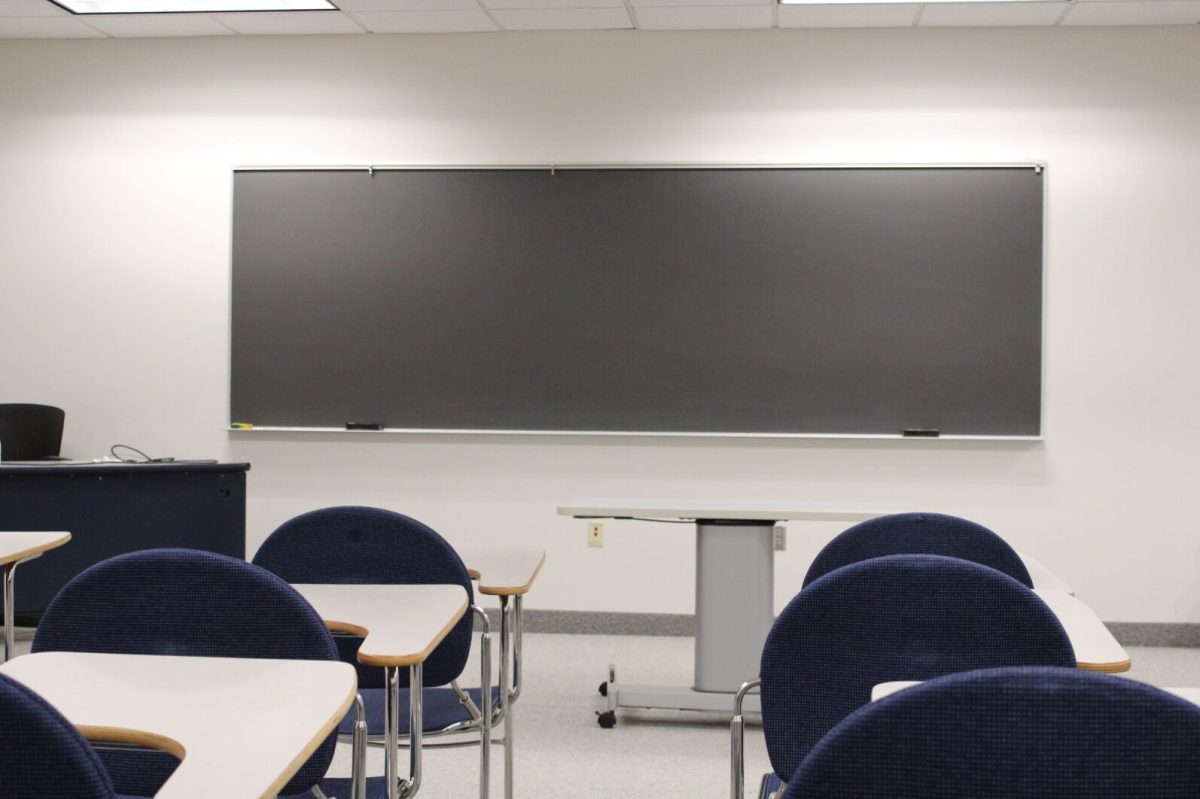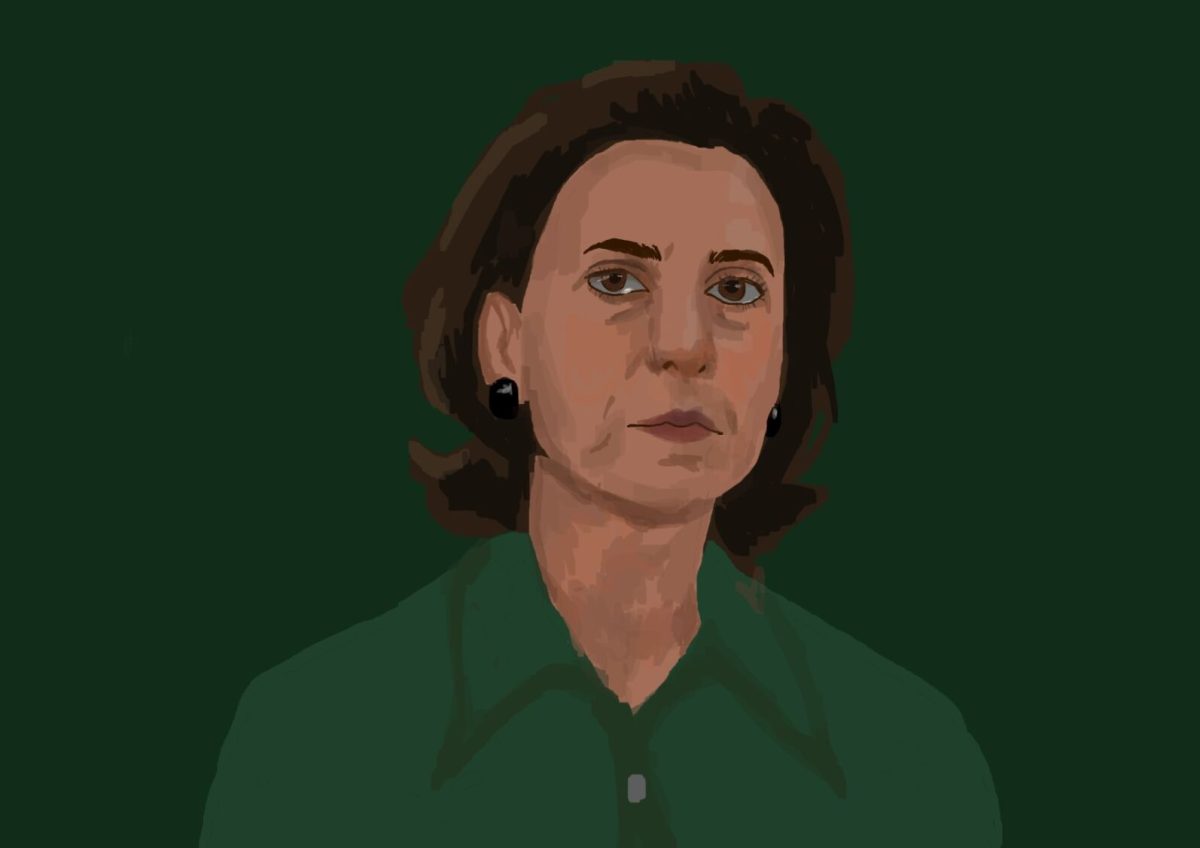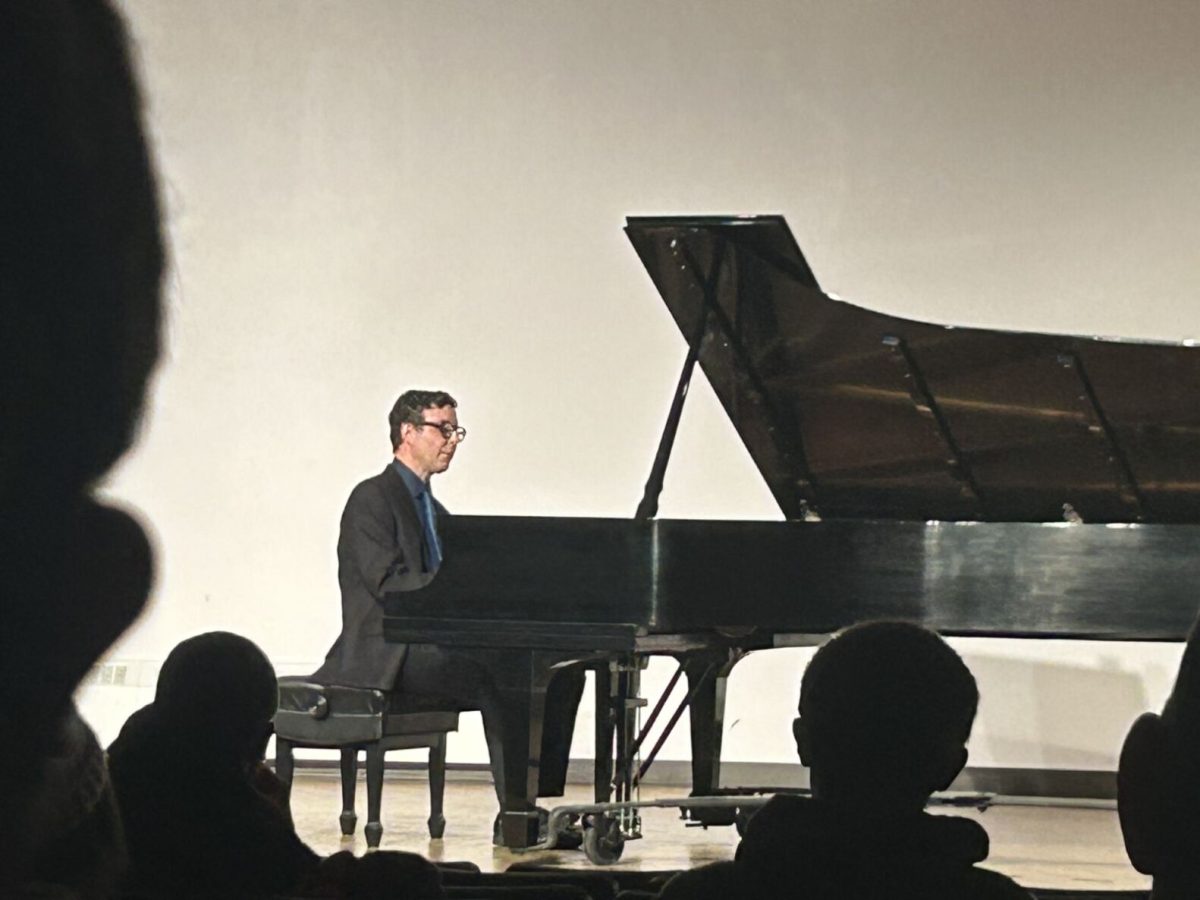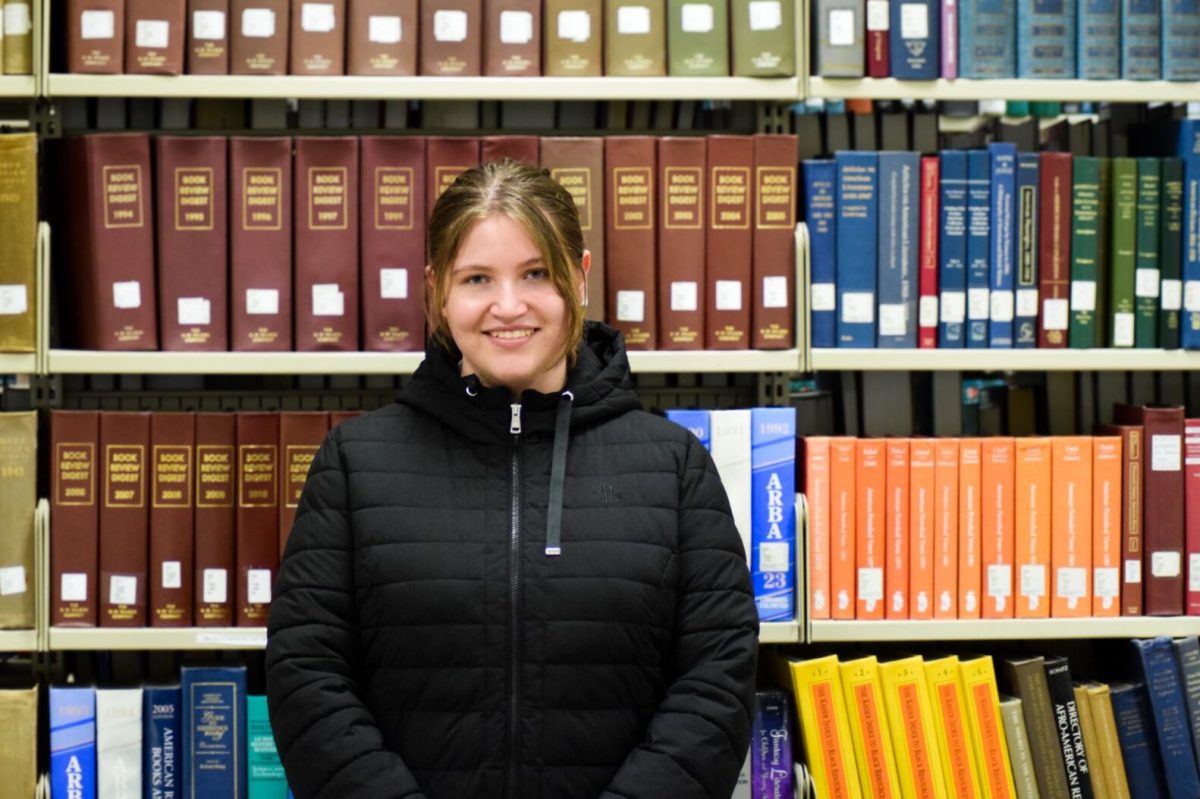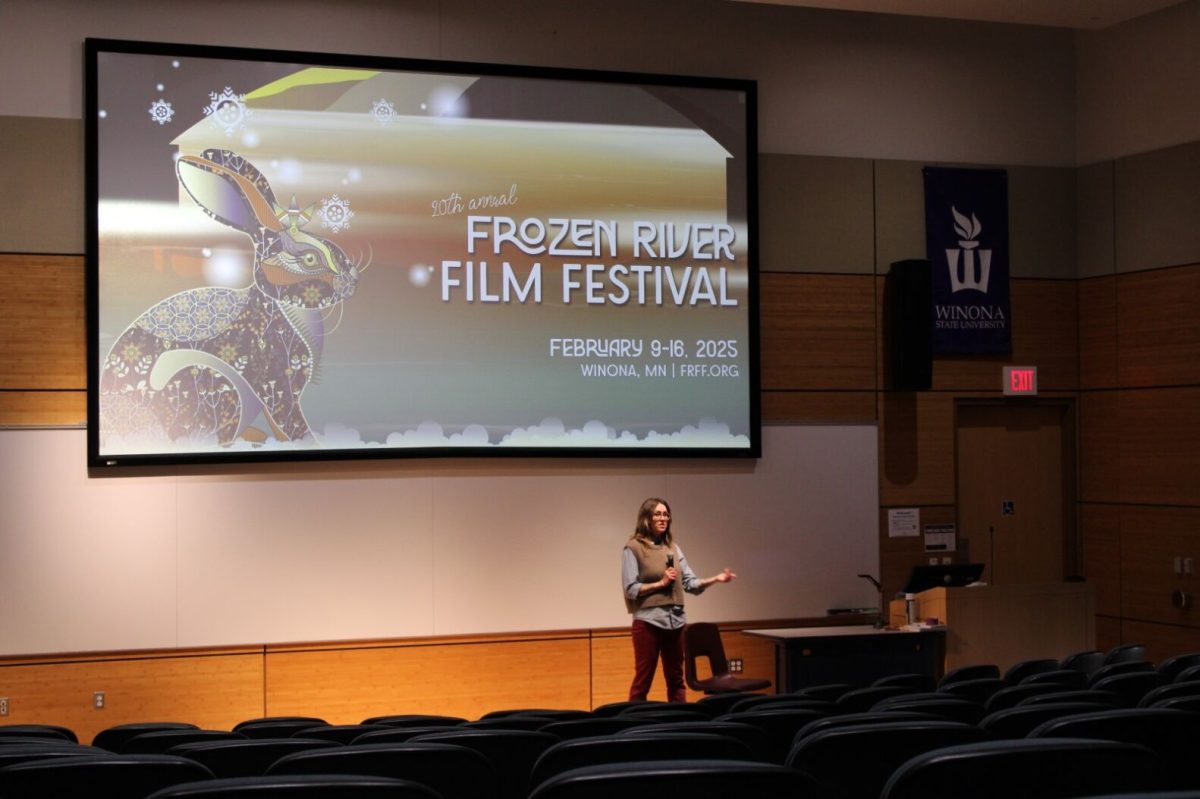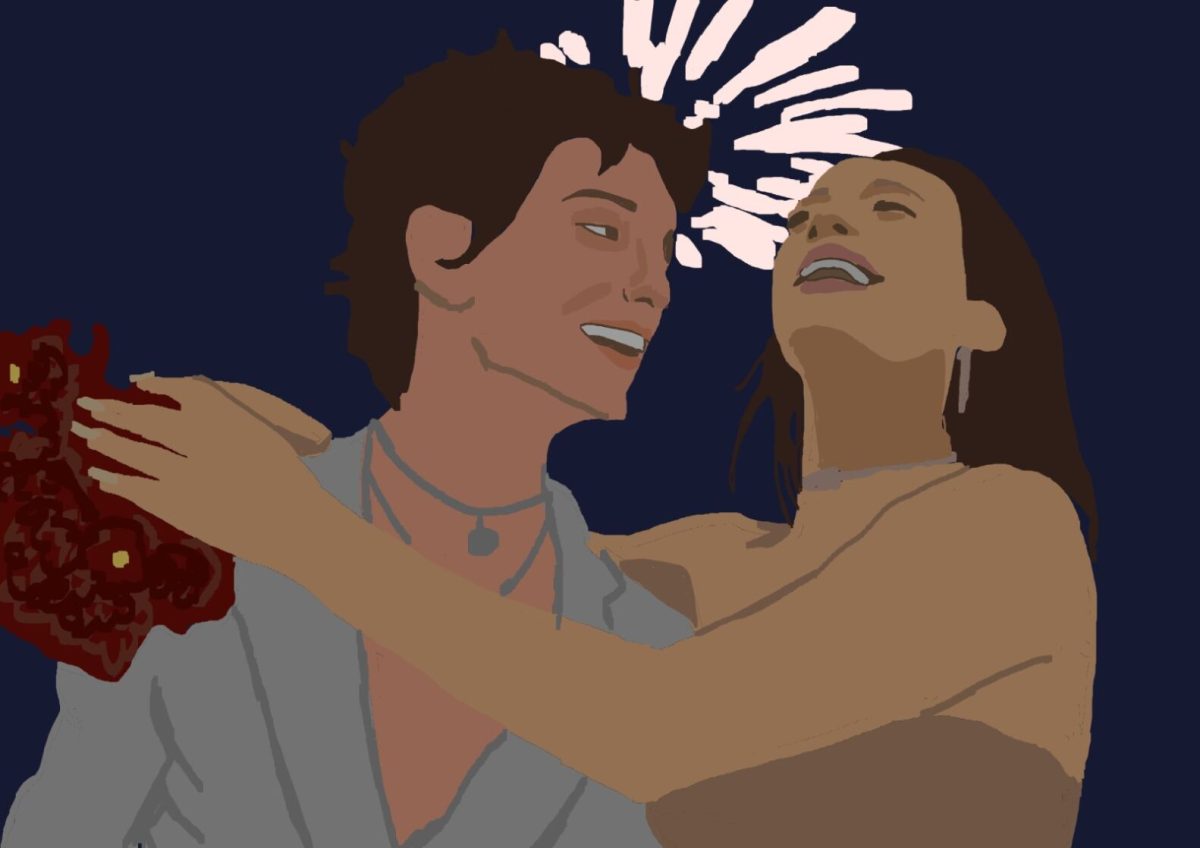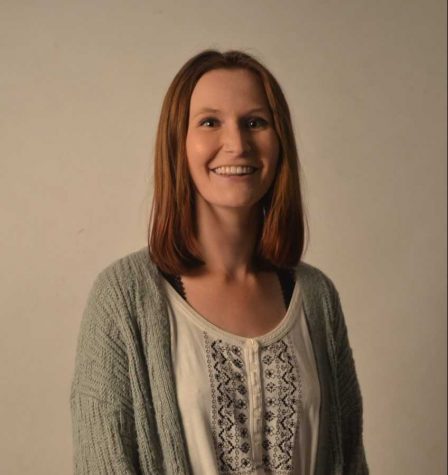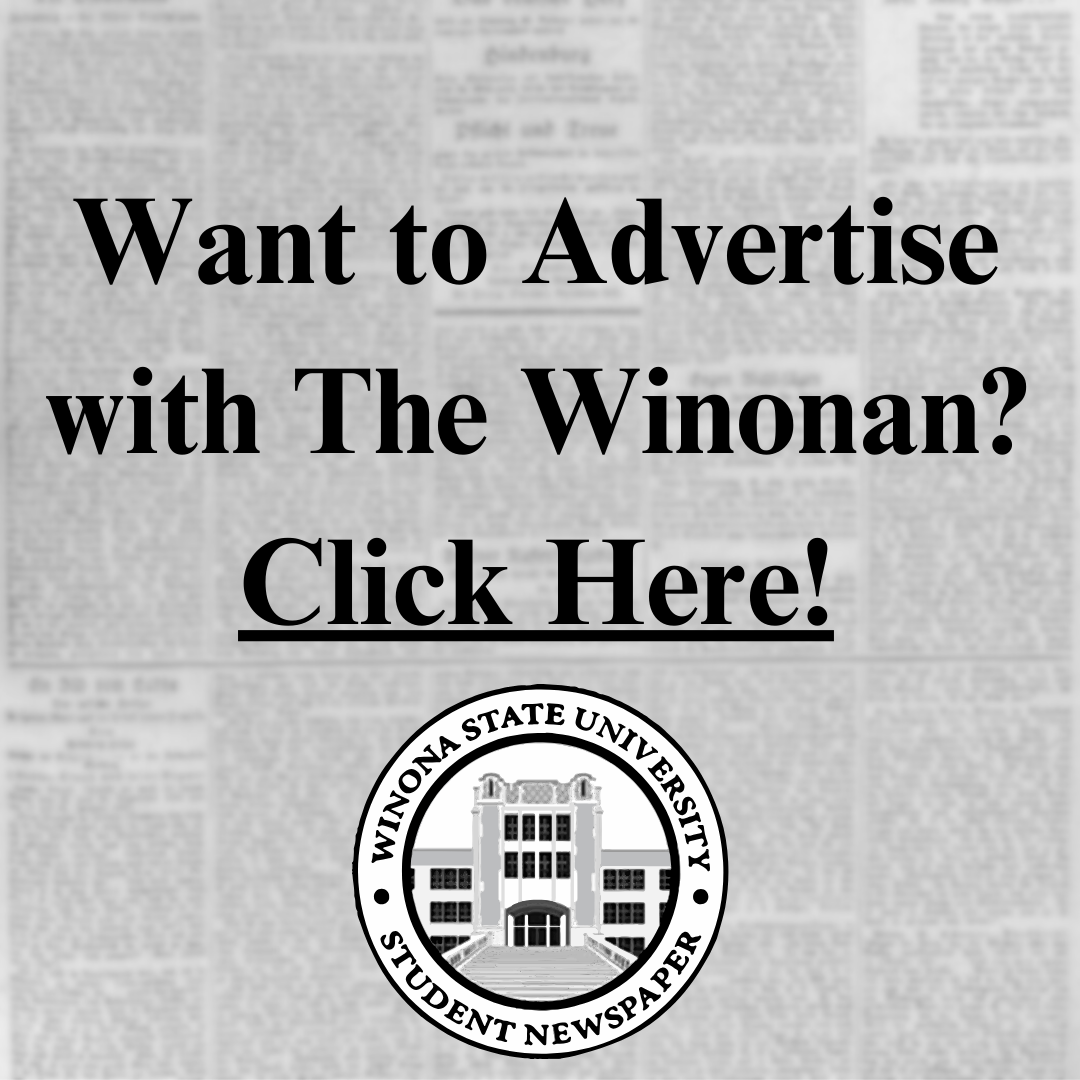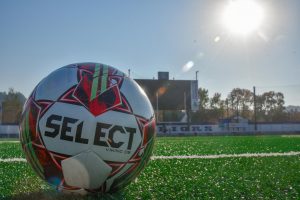Pedestrian tunnels open after 20 year process

November 8, 2017
Winona State University’s pedestrian tunnels, a project that has been in the works for 20 years, are now open.
The tunnels, which are located on Winona and Johnson streets, are designed to provide a safer alternative for students and pedestrians than crossing the railroad tracks.
Scott Olson, president of Winona State, elaborated on the early days of the project, when it was just beginning to take form.
“I’ve been told that the project was originally envisioned by President Darrell Krueger and that would be going back as much as 20 years ago,” Olson said.
President Olson also talked about the cost of the project, which he says contributed to the project’s 20-year time span.
“We received five million dollars worth of federal dollars to do these tunnels and that was when George W. Bush was president, which gives you an idea of the dating,” Olson said.
Despite this federal funding, Olson says there were numerous other problems that brought up the cost of the project.
“There have been a number of logistical complications, like other funding and working with the railroad that has made it a very long project,” Olson said.
In order to do the project, the university needed specific permissions from the Canadian Pacific Railway before the project could begin.
“We needed all these permissions,” Olson said. “In fact, they’re the ones who have to build the tunnels because it’s under their tracks and it’s their land.”
Olson said that the process of getting these permissions was a lengthy one.
“It took a long time to get those permissions and in that amount of time inflation was putting the cost of the project up,” Olson said.
To make up the cost difference, the university started to save money, so that when tunnel construction began these costs could be paid.
“We started putting away our own money, which was a combination of tuition dollars and taxpayer dollars, so that way when we needed it we would have it,” Olson said.
Overtime, this money added up and, according to Olson, the University got permissions from the Canadian Pacific Railway to do the project just a few years ago.
Lisa Pearson, arboretum director, explained the tunnel’s construction process.
“It was a three-phase project,” Pearson said. “The first phase and the design of the tunnels started back in 2008.”
Pearson explained that the actual construction of the tunnels started during the second phase of the project.
“That was a major undertaking because first we did a temporary railroad track off to the side to maintain rail traffic throughout the whole project,” Pearson said.
After putting in the temporary tracks, Pearson explained how the tunnels were put in.
“They laid the tunnels in concrete sections,” Pearson said. “So like concrete squares stacked up next to each other and those had to be craned in.”
According to Pearson, this took some time because the tunnels were created separately and the railroads tracks that go over the tunnels now had to be re-established.
The last part of the phase, Pearson said, was making the tunnels easy to access for students and pedestrians.
“Phase three was constructing the ramps to get people down to the tunnels and make them handicap-accessible,” Pearson said.
The tunnels split into two routes. One route, which is a set of stairs, and the other, which is a wheelchair-accessible ramp.
Andrea Northam, communications director, also added onto the benefits of the tunnels.
“Some emergency vehicle access will be permitted in the tunnels as well,” Northam said.
President Olson elaborated on her statement.
“Certain vehicles can get through them.” Olson said. “Some smaller vehicles, like golf carts, could get injured people through the tunnel where a car or ambulance could be waiting.”
Olson explained that this is not the primary use of the tunnels, but that they could be helpful in certain situations.
“That’s not their primary intent, but if there ever was that kind of disaster that’s just one more safety feature we have,” Olson said.
Olson, Northam and Pearson are all excited that the tunnels are finally done.
Olson hopes that the university will host some sort of opening ceremony for them in the near future.
Although the completion of the tunnels is exciting, Olson is glad that the tunnels will provide a safer way for students and pedestrians to get around.
“First and foremost is student safety,” Olson said. “We think the tunnels just make for a much safer campus all-around.”


